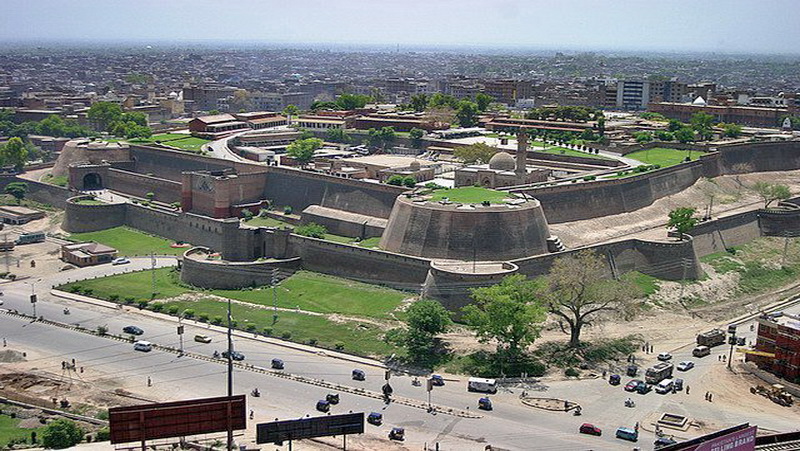PESHAWAR: As one of the oldest cities still in existence in South Asia, Peshawar has always been strategically significant because of its location, which has drawn conquerors looking to build and fortify their dynasties.
With a history spanning more than 2,500 years, the city was crucial to all kings, rulers, soldiers, and invaders that dominated this area as well as a gateway to the subcontinent.
As a result, these kings built forts—including the formidable Balahisar Fort—across the subcontinent as their bastion of authority to protect their subjects from outside assault.
Located on the major GT Road across from Jinnah Park (the former Cunningham Park), Balahisar occupies 15.4 acres and is 92 feet tall, constructed entirely of red bricks.
It serves as a reminder to guests of the dynasties’ emperors who lived here before moving on to the subcontinent in order to take advantage of the rich trading territories and develop geopolitical power.
According to Bakhtzada Khan, senior research officer, KP archaeology and museums department, “most invaders and warriors, including Afghan Muslim rulers, Mughals, Sikhs, and British, used to first conquer Balahisar fort before proceeding to Punjab and other parts of the subcontinent.”
“The history of the city dates back to 2,500 years, according to recent excavations at Gor-Kathri Peshawar,” he stated.
However, a discussion of this history would be lacking if the historic fort of Balahisar was not brought up. It appeared to be just as old as Peshawar itself.
The former major entrance to Balahisar faces the GT road, which runs from Peshawar to Pushkalavati (Charsadda) in the north, Hund and Taxila in the east, and Peshawar to Afghanistan and Central Asia in the west.
The interior of Peshawar was once home to several branches of the former Bara River, one of which was most likely located close to the Balahisar Fort.
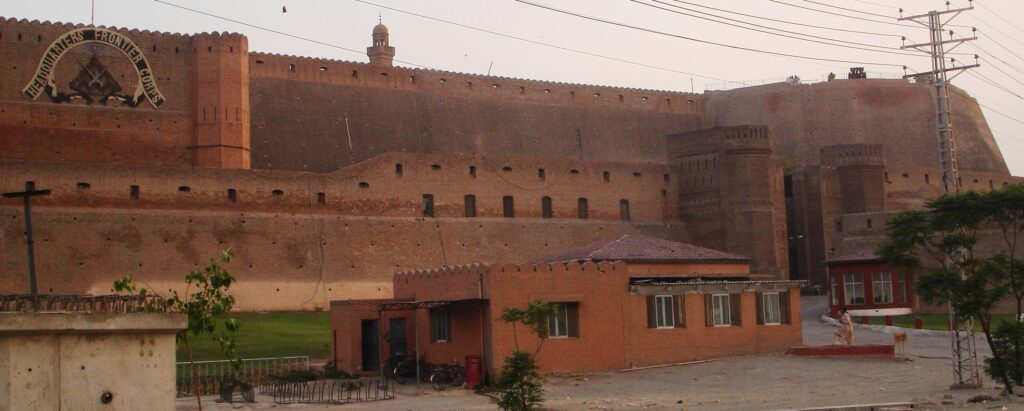
In his book “Peshawar-Historic City of Frontier (now Khyber Pakhtunkhwa),” renowned historian Dr. A.H. Dani noted that Chinese traveler Hiuen Tsang mentioned a “royal residence”—Balahisar—during his journey to Peshawar in 630 AD.
Dr. Dani claims that Balahisar and Inder Shahr may have been part of an earlier Bara River route that was encircled by a high point, with the current elevated Balahisar possibly serving as the fortress.
Because of its historical significance, the Chinese term “Kung Shing” refers to the walled or fortified area of a town that once housed the royal palaces.
This demonstrates that the royal mansion served as the center of a citadel, which needed additional defense in the shape of a moat.
After Raja Jaipal, the Hindushahi dynasty’s monarch, was routed in the Peshawar region in the eleventh century AD, commander Mehmud Ghaznavi garrisoned the fort with his army.
Although there were differing views regarding the fort’s beginnings, Bakhtzada stated that the Mughals were primarily credited with building the current Balahisar.
Famous historian Abul Fazl claims that Mughal ruler Zaheeruddin Babar rebuilt and constructed Balahisar in 1526. But the Afghans demolished the fort after Shershah Suri overthrew Emperor Humayun.
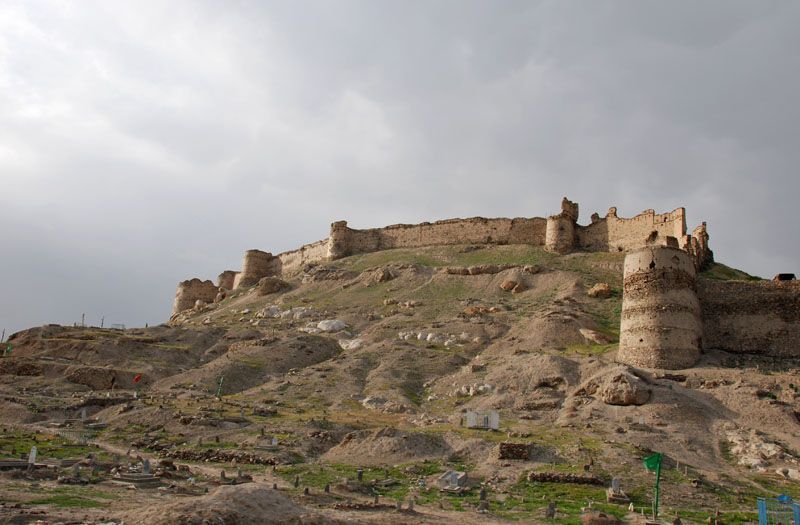
“Hamyun supervised the fort’s reconstruction while he was residing there and made the decision to do so in order to use it for his eventual conquest of India,” he claimed.
During Sikh dominion, Hari Singh Nalwa also utilized Balahisar as Maharaja Ranjeet Singh’s royal home.
“In the early 19th century, the Afghan Durrani rulers used it as their winter camp and named it Balahisar, a Persian name meaning high fort,” according to Bakhtzada.
“Sikhs later renamed it Samargarh in 1834, but the name didn’t catch on.”
Balahisar was the capital of many dynasties, including the Hindu Maharajas, the Ghauris, the Ghazanvis, the Tughlaqs, the Mughals, and the Sikhs.
Additionally, Ahmed Shah Durrani, the Afghan ruler, continued to live in the fort.
But upon the latter’s death in 1793 AD, the Durrani dynasty began to wane, and during the Battle of Nowshera in 1834, the Sikhs took control of Peshawar and Balahisar.
First, Sher Singh built the fort using unbaked bricks at his father Ranjeet Singh’s orders after the Sikhs destroyed a large chunk of the fort and later regretted it.
At the arch gate at the entrance to Balahisar’s main courtyard is an inscription from the Sikh era.
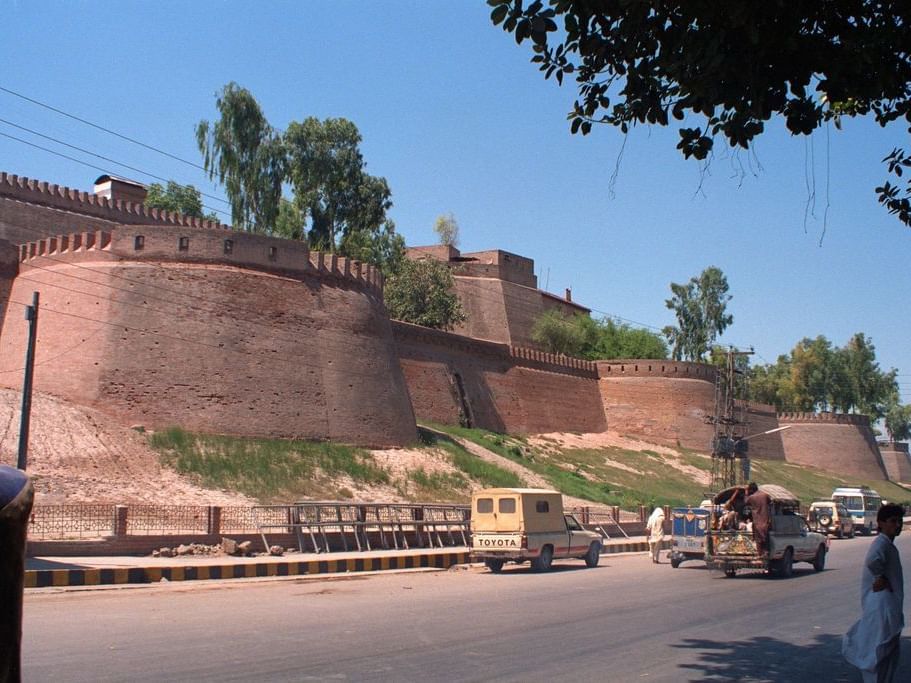
The inscription “Victory to Porak” is the only one that is visible in Balahisar today. Raja Bikramajit constructed this, which was known as Samir or Samar Garh.
Balahisar had mud walls until it was taken over by the British in 1849, following the Sikh Shahi movement.
The current construction was replaced by red bricks by the British, who also stationed troops in Balahisar until the Peshawar cantonment was established.
“The fire of British artillery dispersed the Afridi tribesmen from Balahisar when they launched a massive attack on Peshawar city in 1930 in an attempt to overthrow colonial rulers,” Bakhzada added.
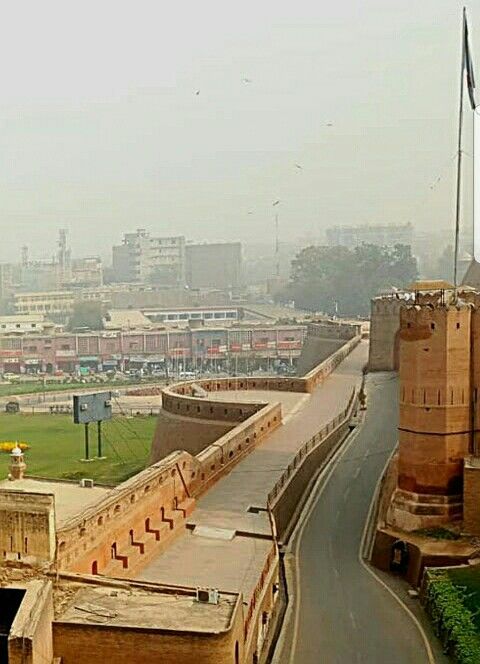
The architectural marvel, which offers a unique view of its enormous battlements and architectural designs, has always been the center of attention for both domestic and foreign tourists as well as visiting dignitaries.
Balahisar held the distinction of raising the national flag on August 14, 1947, and subsequently functioned as the headquarters of the Frontier Corps (FC).

